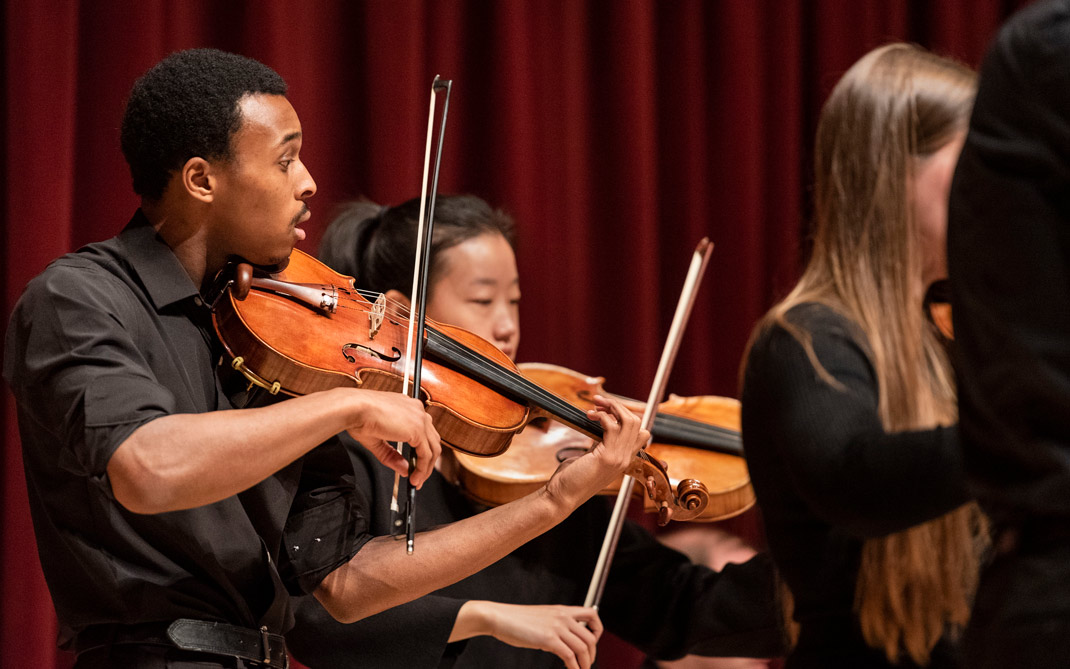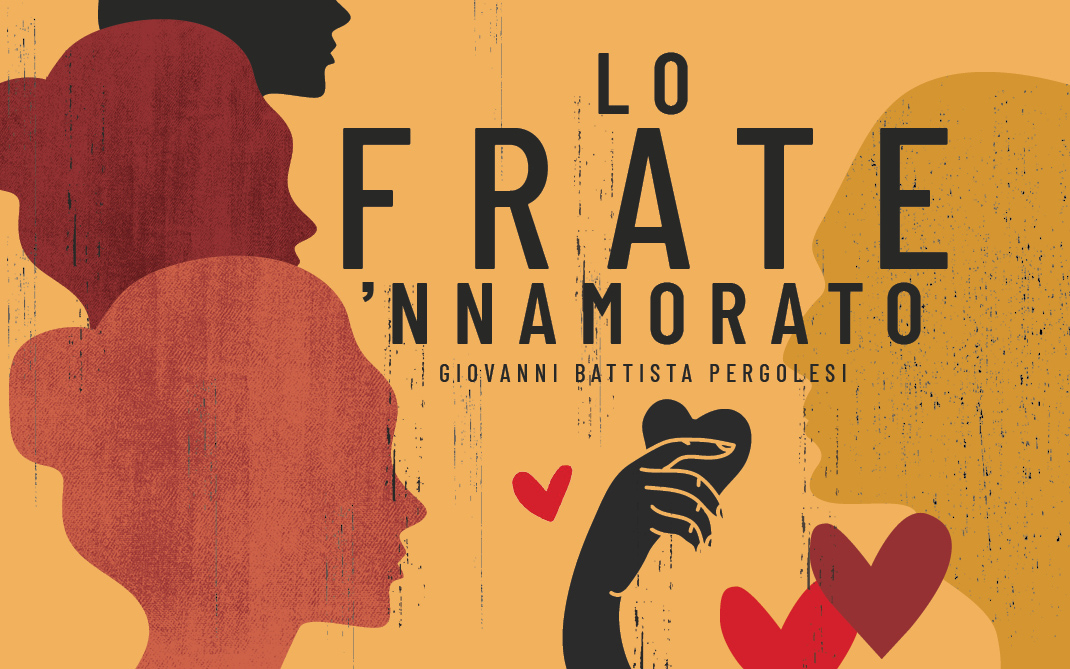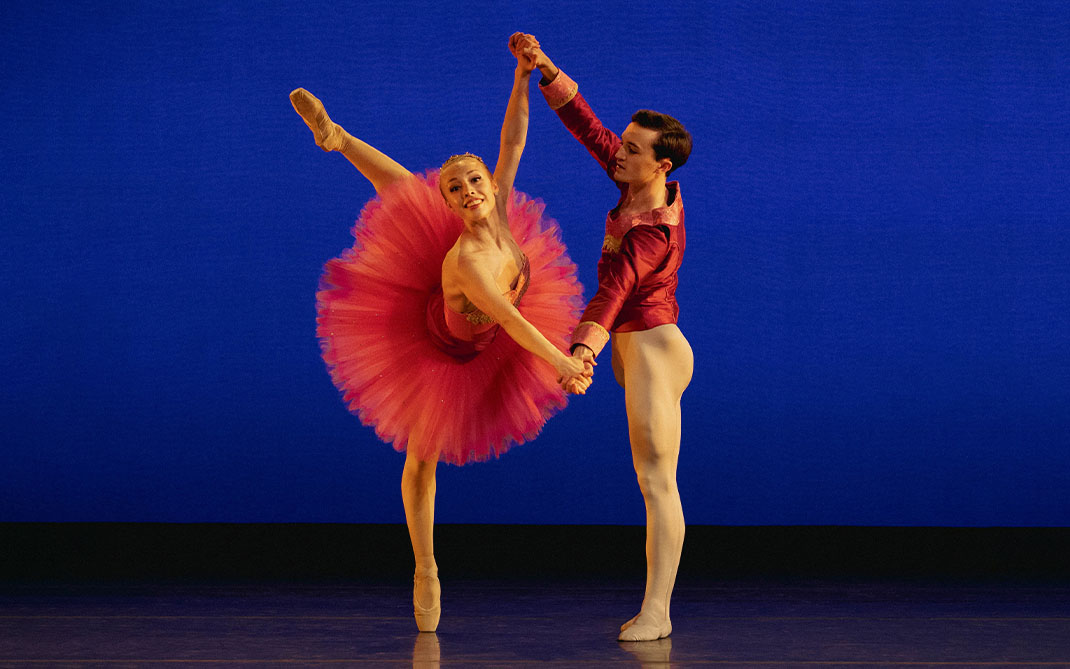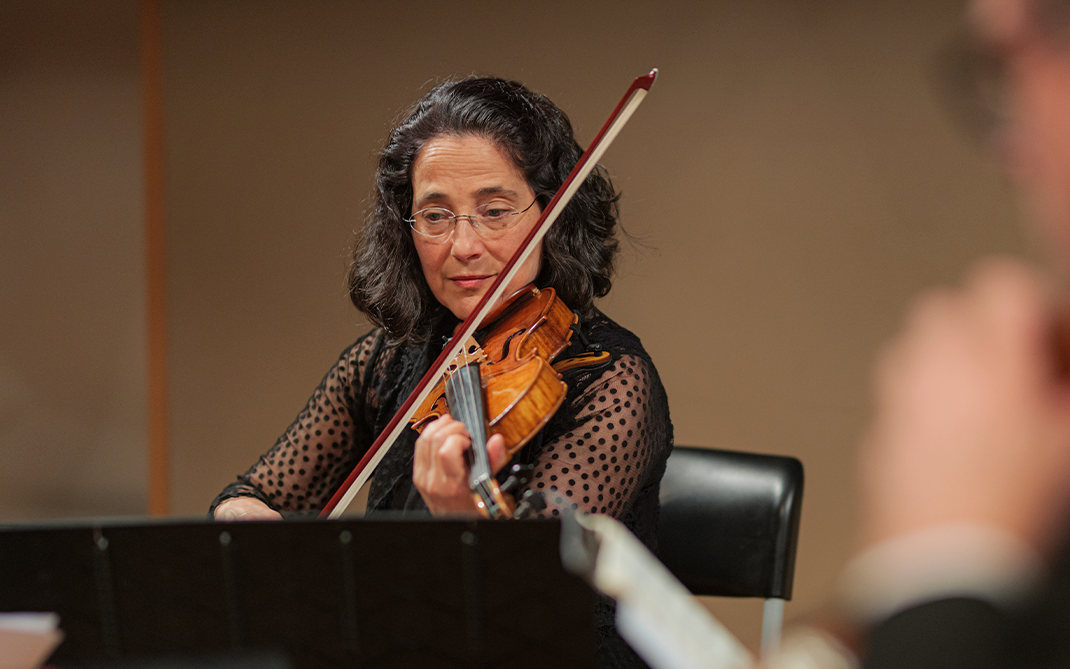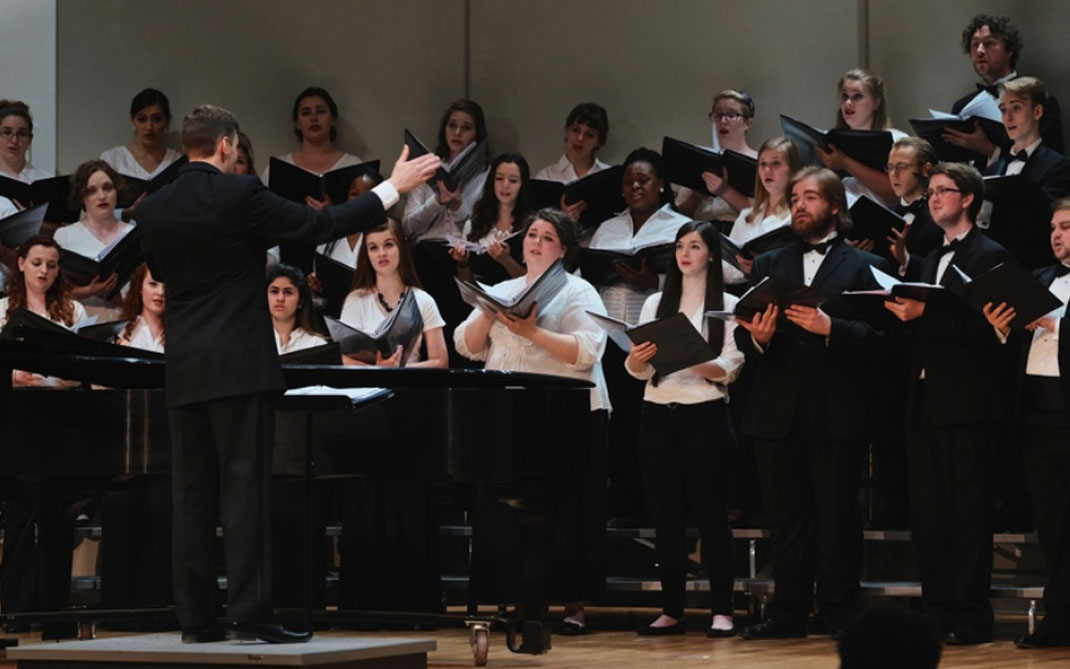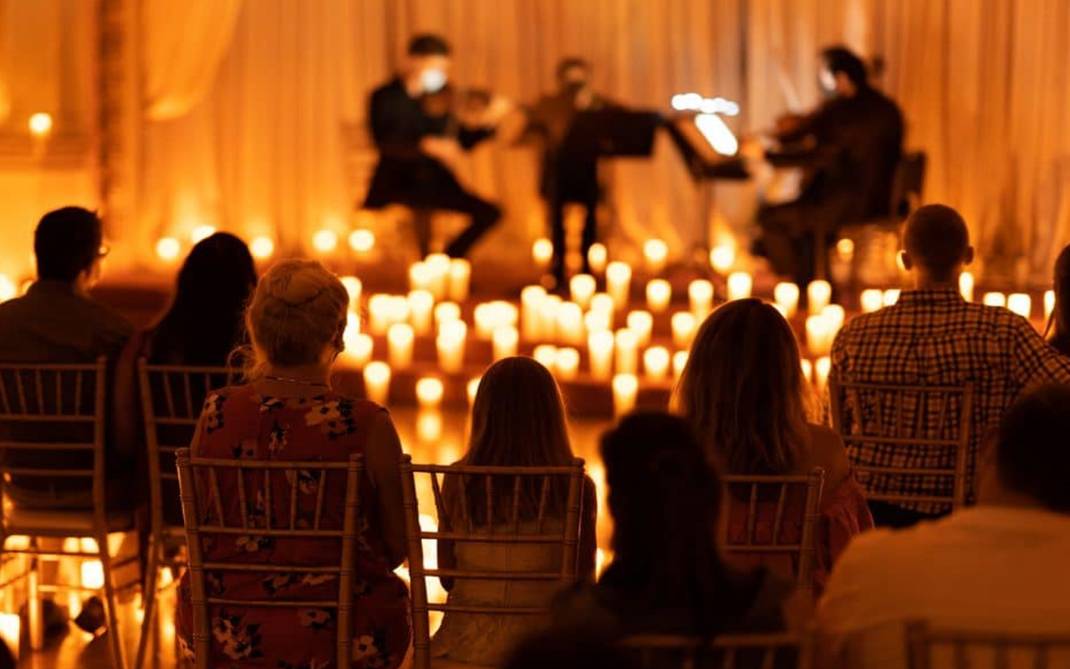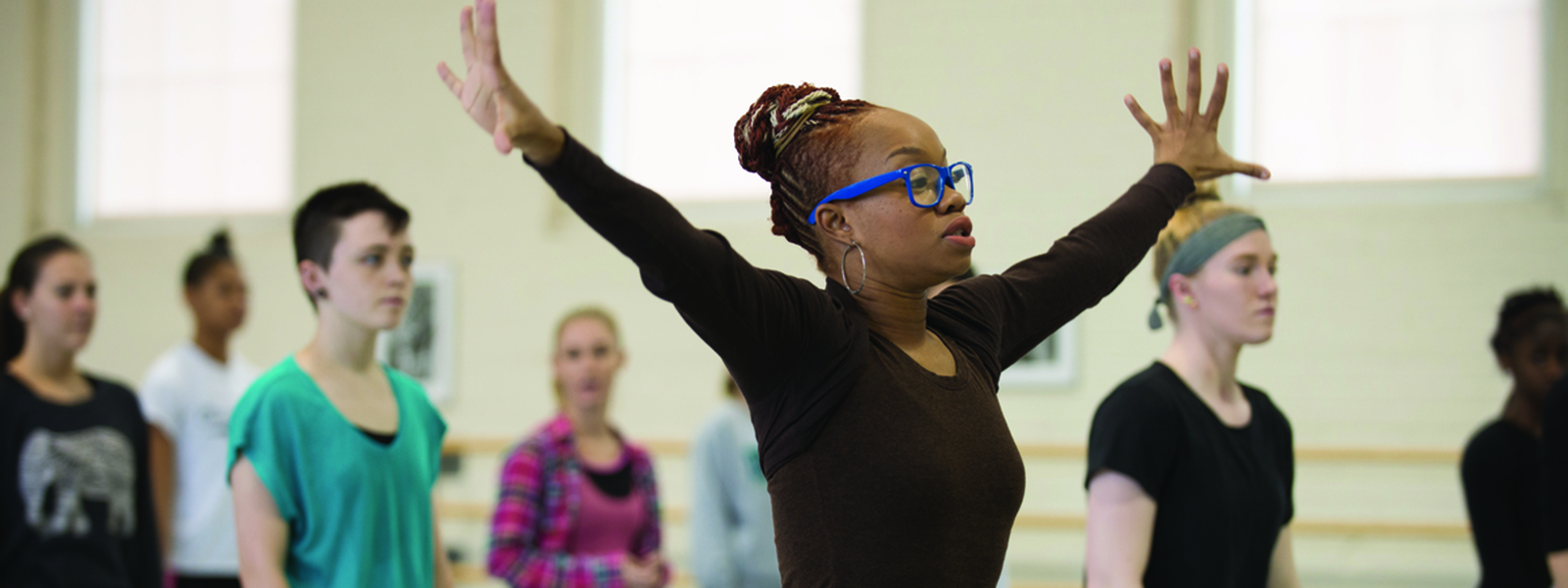Artist as Leader: Camille A. Brown
Camille A. Brown is not only a multi-award-winning dancer and choreographer but also an educator. Through each of her new pieces, she draws from and pays homage to the intricate history of African-American culture while also adding her own chapter and sharing it with audiences all over the world. In addition, Camille A. Brown & Dancers (CABD) has developed several community engagement initiatives to use dance, one of the most social of the arts, as a tool for social change, particularly for young black women.
When Camille sat down for this interview, she was nearing the end of a banner year over the course of which, in addition to touring with CABD, she had choreographed on Broadway (Tarell McCraney’s "Choir Boy" and the revival of the musical "Once On This Island") and on TV (NBC’s "Jesus Christ Superstar Live," seen by 9.4 million viewers). The announcement in late January that she would choreograph "Magic Mike the Musical" on Broadway confirmed that she will be no less busy in 2019.
As she reveals in this interview, she will nonetheless continue to find respite in the company she founded to provide a safe, generative space for herself as well as for her musician and dancer collaborators.
Choose a question below to being exploring the interview:
- How has your background informed your leadership style?
- How does being a dancer influence your work as an artistic director?
- How is fear healthy for a leader?
- What is it you are inspiring in others when you say, “"Ritual has to evolve; dance has to evolve?”
- When have you seen your work change an audience member?
- How do you handle being confronted by a person’s false narrative about you or your work?
- When and how did you transition from being an artist to being a leader?
- What would you like to see changed in order to allow you to keep changing and growing freely?
- What kind of advice would have been helpful when you were starting out as an artist
leader?
Q: Tell us a little bit about how your upbringing and your background might have informed your leadership style.
A: My mom always reminds me of when she was teaching me how to tie my shoelaces when I was three years old. I wasn't getting it and got so frustrated. She told me we could come back to it later. My mom walked away thinking I would go watch cartoons or something but instead she saw me working on my shoelaces until I got it. She thought that I was going to walk away too, but she turned around and she saw that I was still trying to figure it out. She said at that point she knew I had will and determination. So every time I feel bad and fearful about something, she always reminds me of that story. She says, “It's always been in you. Even though you've had struggles, you've always found a way to see it through.”
Q: It's a fantastic story. It could be a parable actually. The Parable of the Shoelace.
A: [Laughing] The Parable of the Shoelace.
Q: How has being a dancer influenced how you work as an artistic director.
A: Because I am a dancer as well, I am definitely in tune with how the body is taking in the material. I know what happens when you are pushed past your limit, and I really try to make sure I don’t overwork my dancers. The youngest dancer in my company is 30, and at 39 I’m the oldest, so that’s also something to consider.
We didn't get classes on communication in school, so you’re learning how to be a leader in real time. I made many mistakes, but I figured it out and used those experiences as lessons.
I am constantly working to make sure my Company (including my staff) feel appreciated. Being treated the opposite is never a good feeling. I always try to give people the treatment I would want. It’s almost reckless to not understand and acknowledge that the performers hold an important amount in their hands. Communication is key. Love and appreciation are key. We didn't get classes on communication in school, so you’re learning how to be a leader in real time. I made many mistakes, but I figured it out and used those experiences as lessons.
Q: It’s such an interesting idea in relationship to dance because of course dance has leading and following embedded in it, doesn't it?
A: Yeah.
Q: I’m hearing that one of the ways in which your background as a dancer informs you is that you know what it takes to be a dancer and to be able to follow those directions and be able to produce those shapes and those leaps for someone else. So when you ask someone else to do it, there's both the humility but also then the commitment. You're really giving them both. You're saying those two things go together. You're teaching them to lead and follow too.
A: Yes. Most of my dancers are choreographers and entrepreneurs as well, so it’s my responsibility to be the best leader I can be. Someone is always watching.
Q: It sounds like you've deeply embodied a set of leadership skills as a dancer and a leader. You talked about empathy. I hear this idea of humility and gratitude. Are there any others that are in you when you're starting to make work?
Q: How is fear healthy for a leader?
A: If you use fear the wrong way, it can be detrimental. There is danger in fear, but it can also be used positively and creatively. I used to think I always needed a solid plan and have every detail in place. That wasn’t my process, and I had to accept it as a good thing. I’m constantly refining and reconstructing the work. When I leave myself open to unexpected possibilities, it creates the opportunity for growth and discovery. Use fear to discover.
I think within the past couple of years, I've really embraced the fact that I don't know it all and that's OK to not know it all. Because when you leave yourself open, that's when you actually discover new things. For me, if I go in too planned, then I'm shutting out all of the new things that we could find if we just explored.
Because when I'm working with my dancers, I'm not just working with bodies; I'm working with people who have the ability to make really brilliant choices. So if I just go in with “Me, me, me, me, me,” and don't acknowledge the fact that there are other people that are brilliant in the room, then I'm missing out on a really special work that is all our own.
I love the phrase, "I don't know." And I say it often. I mean, I tell my dancers all the time, "You know what? I'm really stuck here." Or, "I don't really like that." Or, "I don't think that was the best choreographic choice on my part." I have found people appreciate when you are just honest with them.
Q: So vulnerability and authenticity are crucial tools in your leadership arsenal in a way.
Q: You once gave about reinterpreting ritual, specifically about reinterpreting social dance and letting it evolve. How does that translate into leadership? What is it you're inspiring in other people when you say, "Ritual has to evolve; dance has to evolve?”
A: Well, I definitely don't want to speak for my dancers, but allowing them to insert their own creative identity into the work empowers them. Every contribution is important. When people are stepping into parts that were not created on them, I ask the dancer to find themselves inside of the role so it becomes theirs. I am not asking them to fit inside of a box that wasn’t tailored for them. The intention and storyline stay the same, but the work evolves.
One example is when my dancer was returning to a role and had been out for a year because of an injury. Her partner had been performing the duet with another dancer during the tour. When they were paired together this season, we spoke about the importance of finding a new energy and chemistry.
Every contribution to a work matters. Twenty-five years from now, my dancers and musicians should still see themselves inside of a work. They should never be forgotten.
As time goes on, a work collects energy. Every contribution to a work matters. Twenty-five years from now, my dancers and musicians should still see themselves inside of a work. They should never be forgotten.
Q: That’s very deep and it connects to our notion of leading through artistry, because you are giving your dancers permission or freedom. Do you have a story about how or when your dance has created change in somebody.
A: Yeah. Two. Scott, my musician and friend, just reminded me of this yesterday: After a black woman saw BLACK GIRL, she got up and she said, "I'm just happy to be me." And she took her wig off.
[Laughing] She took her wig off! I just thought, “Wow, she must feel really, really good to do that!” Because that's not something we do. We just don't do that. To feel so good about yourself that you don't care who’s around and if they’re judging you? I just thought that was great.
Then another example is when an older white woman came up to me after BLACK GIRL and said, "I want to thank you. My daughter asked me to come to the show." She said, "I didn't really want to come." I asked her why and she said, "I don't know. Out of the entire series, your show was the one I didn't want to come to." We didn’t chat further because I could tell she was still processing her feelings. But it was clear there had been a profound change in her perception. That was a year ago. I'd be interested in reconnecting with her now.
We are managing all kinds of responses to the work. In order to help with this, I connected with a leadership coach. I’ve had one since 2015.
Q: Would you talk more about that?
A: Being a part of the TED Fellows provides you with access to TEDcoach. You can get coaching on anything. I chose leadership because the dialogues after our shows were becoming very exhausting, and I found it difficult to respond rather than react. Even though people were expressing their truth—what revelations they had and how they felt about the work—it was very offensive at times. I needed to figure out my way through if I wanted to continue these conversations. I wanted to receive and listen and also to be heard.
Q: What kinds of adjustments in your approach to talk-backs did you make?
A: Oh, that I just wouldn't go off on somebody. [She laughs.]
One man said basically, “The black family doesn't exist and most black people come from single-parent homes.” I mean, he's saying this after my show, a show that has nothing to do with his statement! Most of the Company members onstage came from two-parent homes, including the two musicians who were married with kids. Even after I explained this, he still remained committed to his own narrative. That’s the thing: You have the audacity to say that!
Q: What do you do now when you feel triggered, when you know someone else’s story about you is not something you want to take on? How do you help yourself get through that?
A: I don't know. To be honest, I'm still trying to get through it.
One time someone told me that I was angry…. Basically all of the tropes associated with black women’s personalities were said to me. I think I handled it well, but I walked away from it hurt because no one has ever .... I know the tropes about black women, but no one has ever said them to me directly. I had to seriously think about my response because this was a work situation.
Like I said, I think I handled it OK, but I walked away bruised. It took a minute for me to bounce back. You have to talk yourself back into positivity sometimes.
Q: It sounds like one of the harder things about leading is that you have to separate being in the role of a leader from your own personal vulnerability, and yet you have to bring that vulnerability into the work. But you can't always bring that same vulnerability into the politics and strategy of being a leader, right?
A: No, you can’t. Because part of the leadership too, when you enter gender and you enter race into the equation…. There are certain situations that I know that I'm being treated differently because I'm a woman. I don't know it as fact, but I just know. You feel bad because you're looking at all of the stats against you and you know that they're not going to change, but you still have to move forward. Even in theater, I feel like I need to work twice as hard as maybe a white male choreographer would, because it is very white male-dominated, choreography is. So knowing that, how do you still continue to pursue the career in a positive way without allowing the frustration of that to get the best of you?
Q: Tell us about the moment that you transitioned from being an artist to being a leader. You were a dancer, and then you began to make dances. When did that happen, and when did you go, "Oh, oh, I need to do this more?”
A: “Dance maker” and “leader” came at different points. “Dance maker” came in college. I always had struggles with not having the “ideal body.” The first couple of years I wasn't even called in to audition for choreographers. I was so frustrated because all I wanted to do was get better. I wanted a career in dance, but not even getting called in to audition was very defeating. How was I supposed to get better?
My mom gave me this advice: “Take what you have and create your own world and safe space.” So I did!
When I was introduced to composition/improv, I didn't understand it. I thought the job was done if a choreographer demonstrated a step and I did it. It wasn’t until composition/improv was the only thing I had that I began to take it more seriously. It was a space to create my own voice.
When I graduated college, I focused on a dance career. I was with Ronald K. Brown/Evidence for five seasons. A year into dancing with Ron, a friend of mine, Amy Page, who’s my costume supervisor now, sent me a flyer about the Hubbard Street 2 competition. I don't know if they still do the competition anymore, but three choreographers are chosen to set work on the second company. I put all of my senior pieces together, submitted, and I got it! This fueled the idea of being a choreographer.
But then I thought to myself, “Well, I only see men getting exposure.” I mean, I knew there was Jawole Willa Jo Zollar and Twyla Tharp and other female choreographers, but the playing field didn’t seem even. I look back on my education, and I can see that most of the choreographers my teachers recommended I work with were men.
I thought to take an alias like female writers did, but dance is already so revealing, there’s no way I could hide. Finally, I said, "OK, well, that's not going to work. If you're going to do this, just know you're going to have a hard time. Your journey is going to be different. Be aware."
Maybe that was the start of my leadership, putting on that armor of understanding.
Also, with leadership come hard decisions. Difficult conversations will always need to be had, but it’s the approach that makes all the difference. I want people to feel empowered and always know that CABD is their home. Our actions speak loudly.
Q: If you could project yourself five years in the future and you could change something about yourself or others, what would you need to keep changing and growing? How would you see the change come about, and how might that show up in your work?
A: This may sound really crazy, but [long pause] … can we all be treated the same? A black woman does not have privileges.
I can walk in and say, "I'm really having a bad day," and it won't determine whether I or other black women don’t get gigs for the next five years. I’m pushing through because black women before me made the path easier, and I want to do the same for black women coming after me.
You put it wonderfully. I am free and safe with my own company. I can tell my own stories and be vulnerable. I can walk in and say, "I'm really having a bad day," and it won't determine whether I or other black women don’t get gigs for the next five years. I’m pushing through because black women before me made the path easier, and I want to do the same for black women coming after me.
Q: I'm hearing you say is that it's OK for a leader to decide, “This is what I do.” It’s OK to have a boundary and say, "This is what I do; this is my contribution. I'm not stepping beyond this place because this is where I thrive."
A: Boundaries are so healthy. We have to be confident when saying no. Also, it’s helpful sharing the weight with my Company.
A good example would be our Dialogues after each performance. They can be very taxing, and I got to a point where I needed a break. Sometimes it’s OK to save your energy when it’s depleted. I asked two of my dancers to facilitate the Dialogues. They enjoy it and are wonderful! Everybody wins. Rest gives others opportunities to shine and be leaders.
Q: That's great. I can imagine how valuable that opportunity would be for a young artist leader, to learn how to be vulnerable and also learning what's enough. I'm wondering what other kind of advice you wished you’d received when you were starting out as an artist leader? What mentorship would have been helpful?
A: Communication is essential. My mom is a retired social worker, so her insight has been really helpful. I have to be clear, intentional, empowering and sensitive. Even when writing emails! Who knew emails could be so emotional? What you write in the moment can have consequences that last forever.
Empowerment too. I have to empower my dancers and staff. There is an art to leadership and empowerment. I can’t say that I’ve mastered them, but I’m trying my best to. Being a leader is acknowledging that you’re a work in progress.
Epilogue
Action, inspiration, purpose, and grit are just a few words to sum up the driving force that is Camille A. Brown. Whether developing art, inspiring social justice or entertaining Broadway audiences, Camille finds her authentic self as the best tool to lead. Inspirations we can take form this conversation include:
- Find your two sides of the same coin. For Camille it includes balancing fear with risk-taking. Find your own barriers and discover their inherent strength on the other side.
- To lead others is not to control them but to let them find their own voice and contributions within the work.
- Be willing to work on your leadership skills. Be curious about your weaknesses, and have the courage to take a hard look at them.
- Leadership is entrepreneurial. Make the space to develop your own voice, and provide the space for the voices of others.
- Steer your own course, and also recognize your part in the larger story. Your work is a steppingstone for the next generation.
